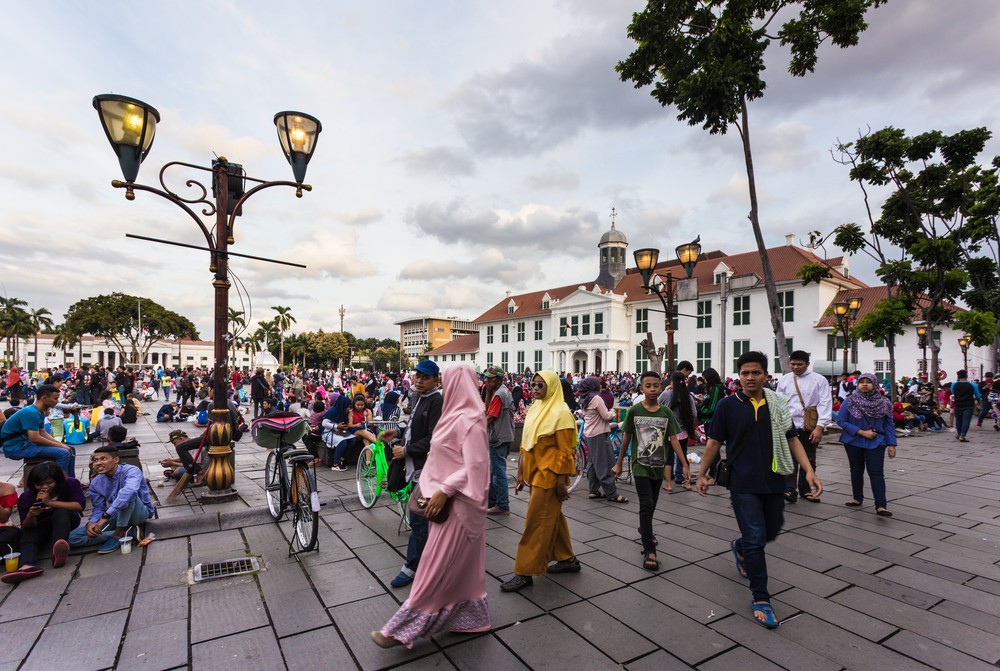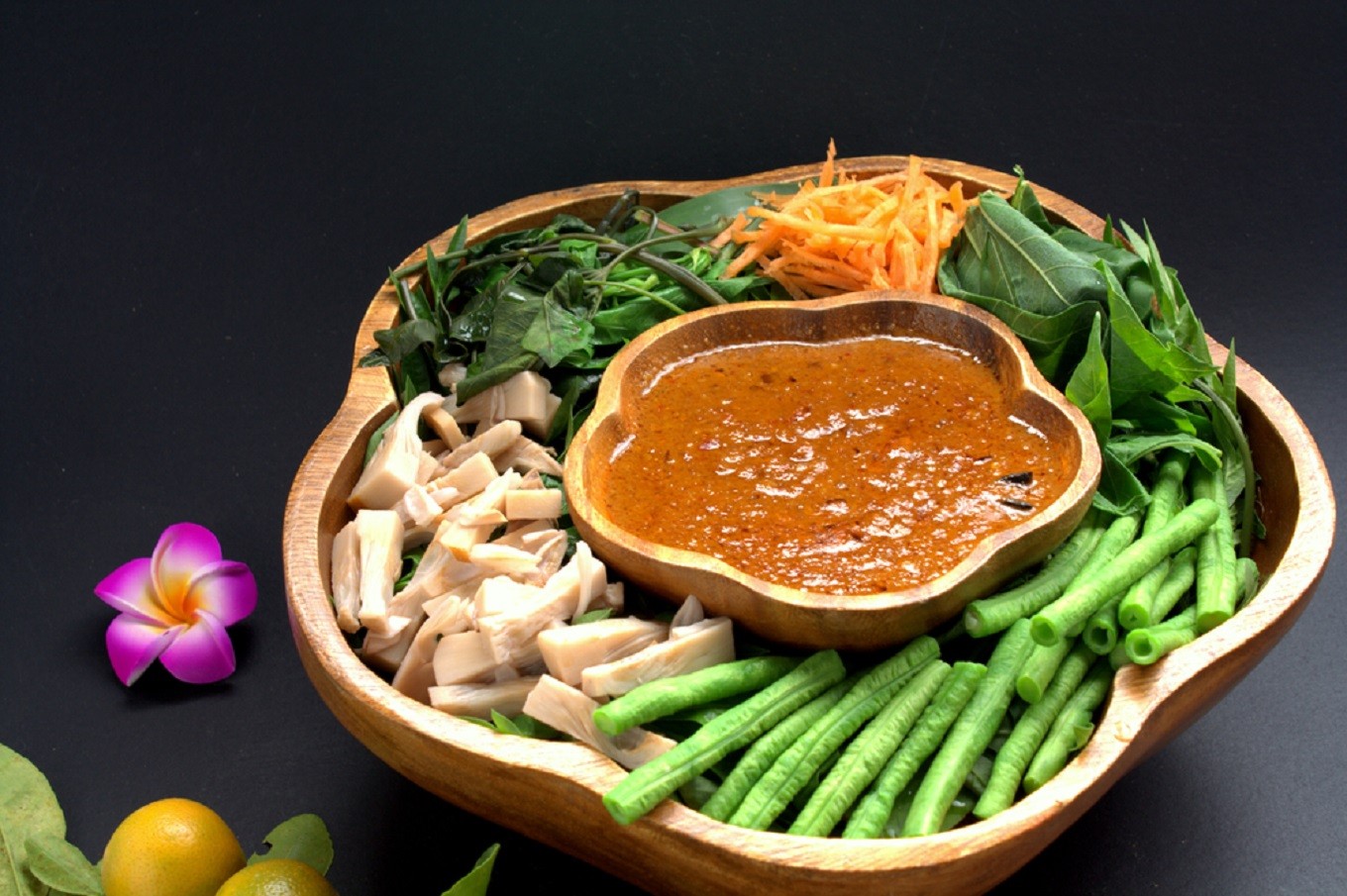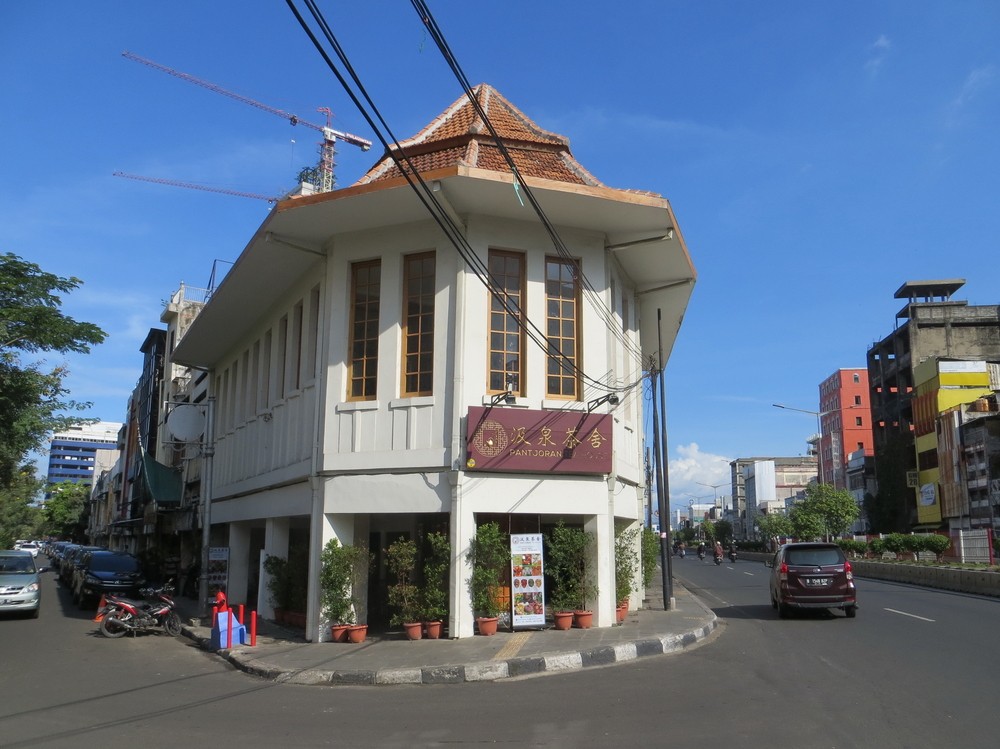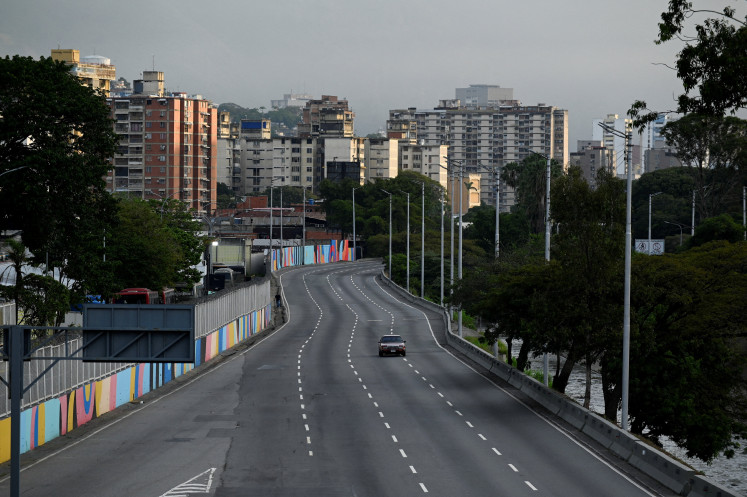Popular Reads
Top Results
Can't find what you're looking for?
View all search resultsPopular Reads
Top Results
Can't find what you're looking for?
View all search resultsAn American’s guide to visiting Jakarta
Change text size
Gift Premium Articles
to Anyone
W
hile you may already have your summer plans laid out, it’s never too soon to think about where you should escape the winter storms come this Christmas. Balmy Indonesia, perhaps?
Despite what it sometimes seems, Indonesia is more than Bali and Lombok. Destinations such as Raja Ampat, Komodo Island, Yogyakarta, and the Thousand Islands are becoming increasingly accessible from either Jakarta or Bali.
As for Jakarta itself, it’s not a postcard-perfect city. It's hot and polluted and crowded, but it’s also home to pockets of rarely told history, unforgettable food and experiences to last a lifetime.
If you’re convinced, here’s the guide for you.
Climate
Due to its position so close to the equator, Jakarta can get pretty humid, so be ready to sweat.
There aren’t four seasons, either. Instead, the year is split into a wet season (October-April) and a dry season (May-September). Temperatures remain around 25 to 33 degrees Celsius year round and there is no guarantee it won’t rain during the dry season.
Read also: Jakpost guide to Jl. Kemang Timur
Budget
Indonesia’s currency is called the Rupiah and goes from Rp 500 and Rp 1,000 coins to the Rp 100,000 bills. Other bill denominations are 2,000, 5,000, 10,000, 20,000 and 50,000. You’ll need to convert your cash, as US dollars aren’t accepted anywhere.
If you’re traveling on a budget, you might find yourself spending around Rp 500,000 (US$37) per day on things like train tickets, street food and accommodation. If you want to take taxis or ride-hailing transportation to get around, are planning on staying in a more modern hotel, and want to eat out more regularly, you may be spending closer to Rp 1 million a day.
Banks to use
There are international banks available in Indonesia, such as HSBC and Citibank. The bank you will find most often is BCA, though if you need to take out money from its machines, you may be charged a withdrawal fee.
What to wear
While you may have seen friend’s pictures of them in Bali wearing a Bintang singlet and shorts, Jakarta and cities similar have a large Muslim population and dressing more modestly is the norm. You may feel more comfortable in a T-shirt and jeans if walking around the city, and if you do feel so inclined to wear shorts, they’re more commonly found in Jakarta’s AC’ed mega malls.
Read also: Jakpost guide to Jl. Sabang
 A large crowd of local people spend their Sunday afternoon around Fatahillah Square in Jakarta's colonial old town Kota Tua on Feb. 5.(Shutterstock/File)
A large crowd of local people spend their Sunday afternoon around Fatahillah Square in Jakarta's colonial old town Kota Tua on Feb. 5.(Shutterstock/File)
What to pack
While you can grab mosquito repellent at any pharmacy or convenience store, it’s easier to pack a bottle and avoid being bitten on the first couple of nights.
Don’t forget your medicine, either. Indonesian medicine is almost universally drowsy, so if you come down with something and would rather not waste a day asleep, be sure to pack your Dayquil.
Finally, bring a reliable umbrella. If you plan to do some walking, surprise showers may meet you at your destination.
At the airport
After disembarking from your plane at Soekarno-Hatta International Airport, you won’t be met with postcard-perfect views yet. Instead, it’ll be the humidity that greets you. After filling out your customs form, clearing immigration and getting your bags, you can get a SIM card, take out money, and find a cab.
 Passengers walk past a section of the Skytrain project, which is under construction at Terminal 3 of Soekarno-Hatta International Airport in Tangerang, Banten, on April 24. (Antara/Iggoy el Fitra)
Passengers walk past a section of the Skytrain project, which is under construction at Terminal 3 of Soekarno-Hatta International Airport in Tangerang, Banten, on April 24. (Antara/Iggoy el Fitra)
Where to stay
Jakarta is home to plenty of budget stays, like Central Jakarta’s Old Batavia Capsule hotel, where one capsule can go for as little as Rp 140,000 a night. There’s also the line of Pop Hotels, found around the city with multi-person rooms for Rp 400,000 a night.
But if you’re looking to stay somewhere a little more expensive, Jakarta is home to plenty of international hotel chains. South Jakarta is home to both a Best Western and a Mercure. The city’s center hosts most of the luxury hotels, and has everything from two different Ritz-Carltons, to a JW Marriott to a Raffles.
Read also: Jakpost guide to Pasar Baru
What to eat
Indonesia is known for its food, from sate (satay) to gado-gado (mixed vegetable salad with rice and peanut sauce) to nasi goreng (fried rice). All areas of Indonesia have distinct cuisines, and most can be sampled within the capital. Check out culinary app Qraved to find some inspirations.
When sampling more “authentic” street food, be careful and make sure where you’re eating is at least somewhat clean. The last thing you want is food poisoning or worse, like typhoid. And if you do find yourself craving home, there are plenty of McDonalds, Burger King, KFC and Pizza Hut outlets all around the city that deliver.
 Gado-gado is one of Betawi's traditional dishes that uses vegetables as the main ingredients. (Shutterstock/-)
Gado-gado is one of Betawi's traditional dishes that uses vegetables as the main ingredients. (Shutterstock/-)
How to get around
Thanks to the construction of the Mass Rapid Transit (MRT) system, Jakarta’s notorious traffic has gotten even worse. But fear not, because Jakarta’s motorcycle taxis, known as ojek, are now all the more reliable thanks to app-based transportation services like Go-Jek, Grab and even Uber.
If you’d rather take a more traditional mode of transport, Jakarta’s most reliable cab company is Blue Bird. With a meter starting at Rp 6,500, Blue Birds are known for being safe.
What to see
There are plenty of neighborhoods and streets to explore once you’re in Jakarta itself. There’s the iconic Kota Tua, known for its colonial architecture and handful of museums, a classic Jakarta destination. But there’s also Pasar Mayestik, for when you want to do some shopping outside of the malls, or Glodok, for when you want to fuel the foodie in you.
While the mega malls are an adventure of their own, there are plenty of areas to discover aside from them.
 A restaurant on the corner of Jl. Pancoran, Glodok, West Jakarta. (Shutterstock/File)
A restaurant on the corner of Jl. Pancoran, Glodok, West Jakarta. (Shutterstock/File)
Tips
- Always know where you’re going. Waze is extremely helpful for this and will make sure you hit the least amount of traffic.
- Bahasa Indonesia is not too difficult to learn, so pick up some basic phrases.
- Tipping is typically worked into the bill at restaurants already, but if you’re in a cab, a salon, or somewhere else that provided a service, tipping 10 percent is customary. (sul/kes)







